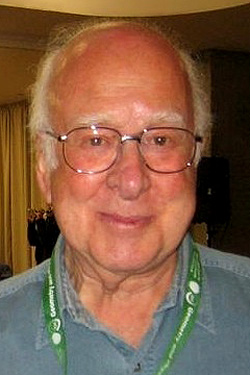 |
| The only Higgs definitely spotted |
The search for the Higgs is, of course, one of the main justifications for building the LHC. This is a hypothetical particle that may be responsible for giving some of the other particles their mass. But something that the newspapers don't seem to grasp is that the LHC would be just as much a success if it showed that the Higgs doesn't exist. Personally, I'd prefer it if it doesn't.
There are bits of physics which have a kind of neat, natural simplicity. This doesn't necessarily mean that the maths is simple. I would include the notoriously tricksy general relativity in this class. But quite a lot of the more recent physics depends very heavily on complex, intertwined sets of mathematical conjecture - and I really don't like that. My not liking it doesn't make it wrong, but I would prefer it if the whole tangled structure was brought crashing down and someone came up with a more satisfying solution.
So part of me will be happy if the Higgs gets pinned down, because at least we will be making progress - but that happiness will be accompanied by a deep sigh. Because the alternative, whatever it turns out to be, could be more exciting - and much more approachable. Is that irrational? Quite possibly. But it doesn't stop me hoping that they don't find the Higgs boson.
Image from Wikipedia

Comments
Post a Comment